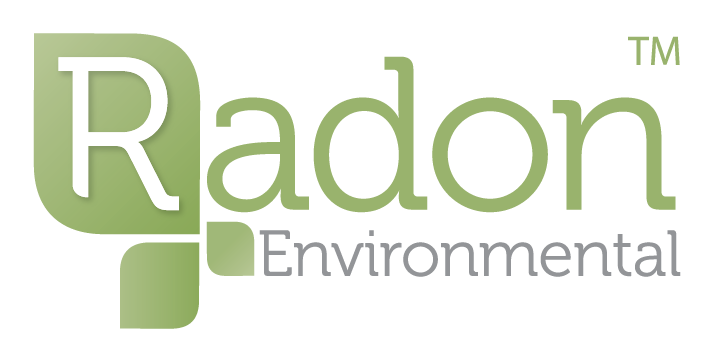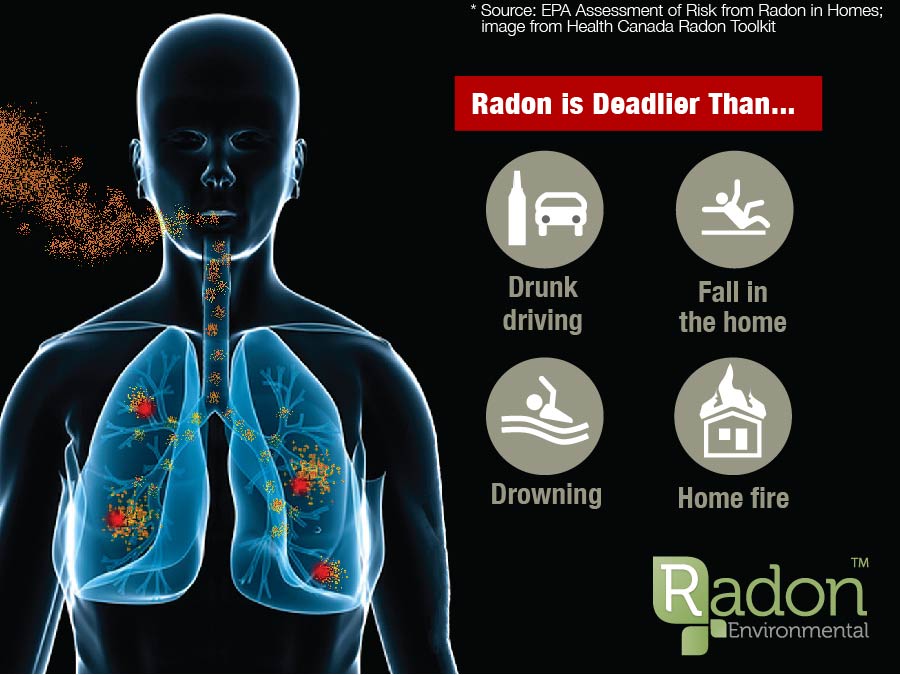Radon Environmental and the BC Lung Foundation Extend and Expand their Radon Testing Partnership Agreement
June 3, 2019 - Radon Environmental Management Corp (REM) is proud to announce an extension to its Partnership Agreement with the British Columbia Lung Foundation to provide efficient and accurate short and long term testing options, to determine if your home, school or workplace has potentially hazardous indoor radon levels.
Radon is a colourless, odourless gas that is produced from the natural breakdown of uranium in rocks and soil. Radon is the leading cause of lung cancer after smoking and can seep into a building through drains, pipes, and cracks and crevices in the foundation.
"We are delighted to have expanded our Radon Testing Device and Service Agreement with the BC Lung, to provide our extended range of Radonova short term (Rapidos) and long term (Radtrak2) alpha track radon detection devices. We supply many local health authorities and public testing initiatives across Canada and our partnership with the BCLA will lead to increased public awareness and radon testing in British Columbia. The Radtrak 2 has the largest range of detection of any alpha trak devices and the Radonova laboratory is the only ISO17025 certified alpha trak testing facility of its kind, so our clients can be confident in the lab analysis and its QA process. One of the features that our clients like the most is RadOnline, Radonova’s online customer portal. Through MyPages, customers can easily input measurement data, retrieve reports, and have an overview on every project, in real-time," said Alan Whitehead, President & CEO of REM.






